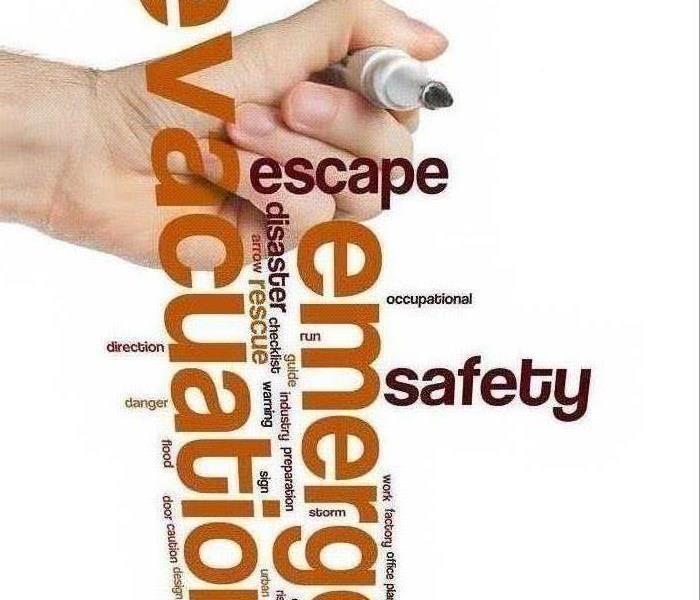3 Reasons You Should Never Drive Through Floodwaters
9/20/2021 (Permalink)
There are many reasons someone might try to drive through the deep, standing waters of a flooded street. Perhaps they are trying to pick up their children from school. Maybe they're trying to get home to see what sort of havoc the storm is wreaking there. No matter how good the reasons to drive through flooded roads in Oklahoma City may seem, however, the reasons not to drive through floodwaters outweigh them.
Lack of Vision
Deep waters obscure your view of the actual street. If you can't see the pavement, you don't know what you're driving into. There could be any number of hazards below the surface:
• Fallen branches from damaged nearby trees
• Signs or other items that have washed into the street
• Sinkholes where the water has weakened the pavement
Don't risk getting hurt or stuck by something you cannot see.
Damage to Car
Your car is not amphibious. It is an electrical machine, and water and electricity don't mix. It wasn't made to go through water deeper than a couple of inches, and even that is pushing it. On a flooded street, your car may stall or die completely if too much water gets into certain parts of the car.
Danger to You
Floodwater tends to move rapidly and take everything in its path with it. This includes your car and, by proxy, you. Fast-moving water can flip your car, not only causing more damage to the vehicle but also putting your life in danger. Avoiding flooded roads may mean avoiding potentially serious injuries.
Compared with the reasons not to drive on a flooded street, the reasons that tempt you are faulty. Your children are probably safer at the school than they would be in your car, and water mitigation specialists can fix whatever is happening to your home. Follow these travel tips and only drive where you can see the road.



 24/7 Emergency Service
24/7 Emergency Service
